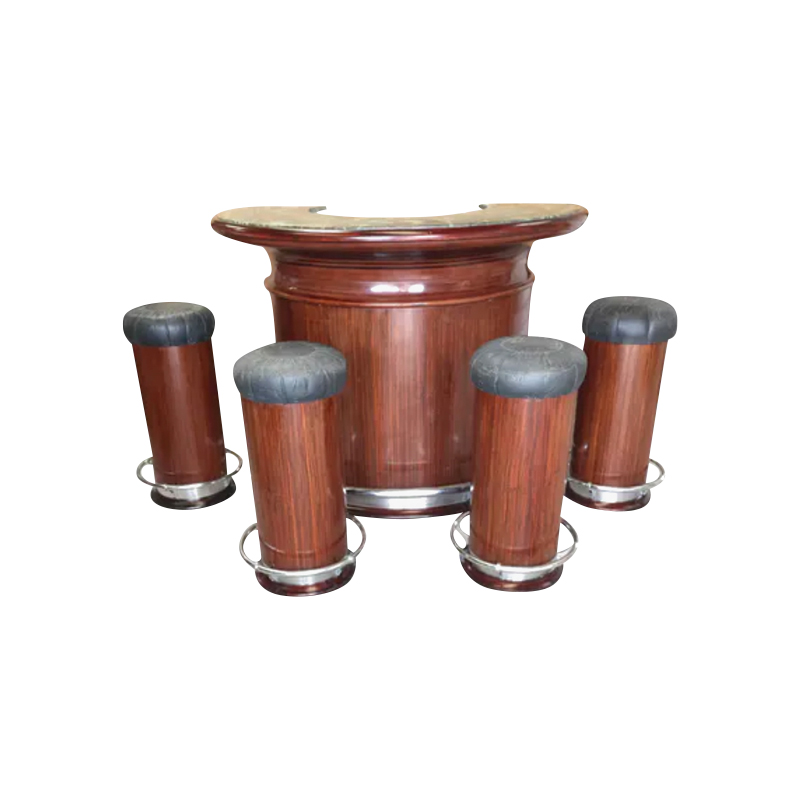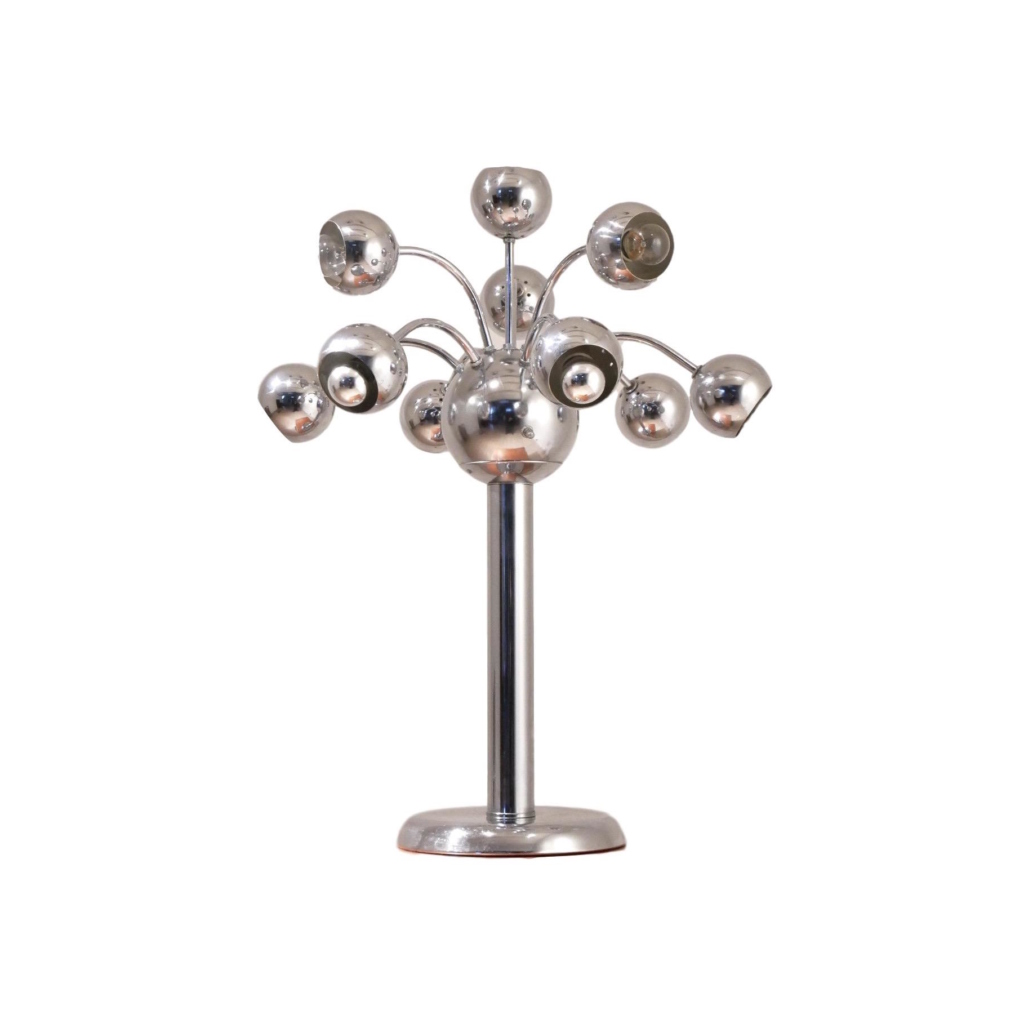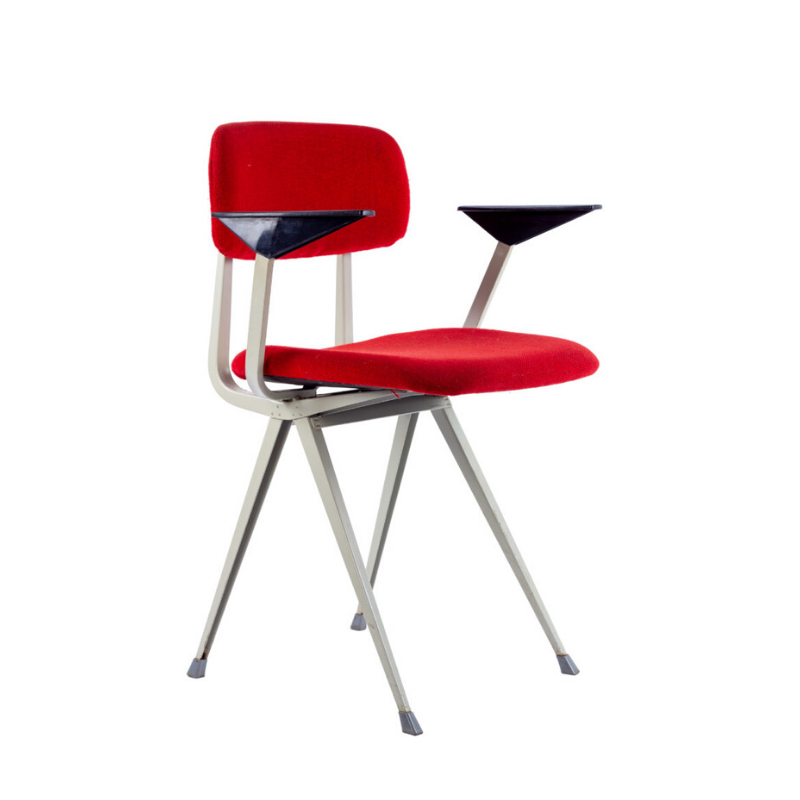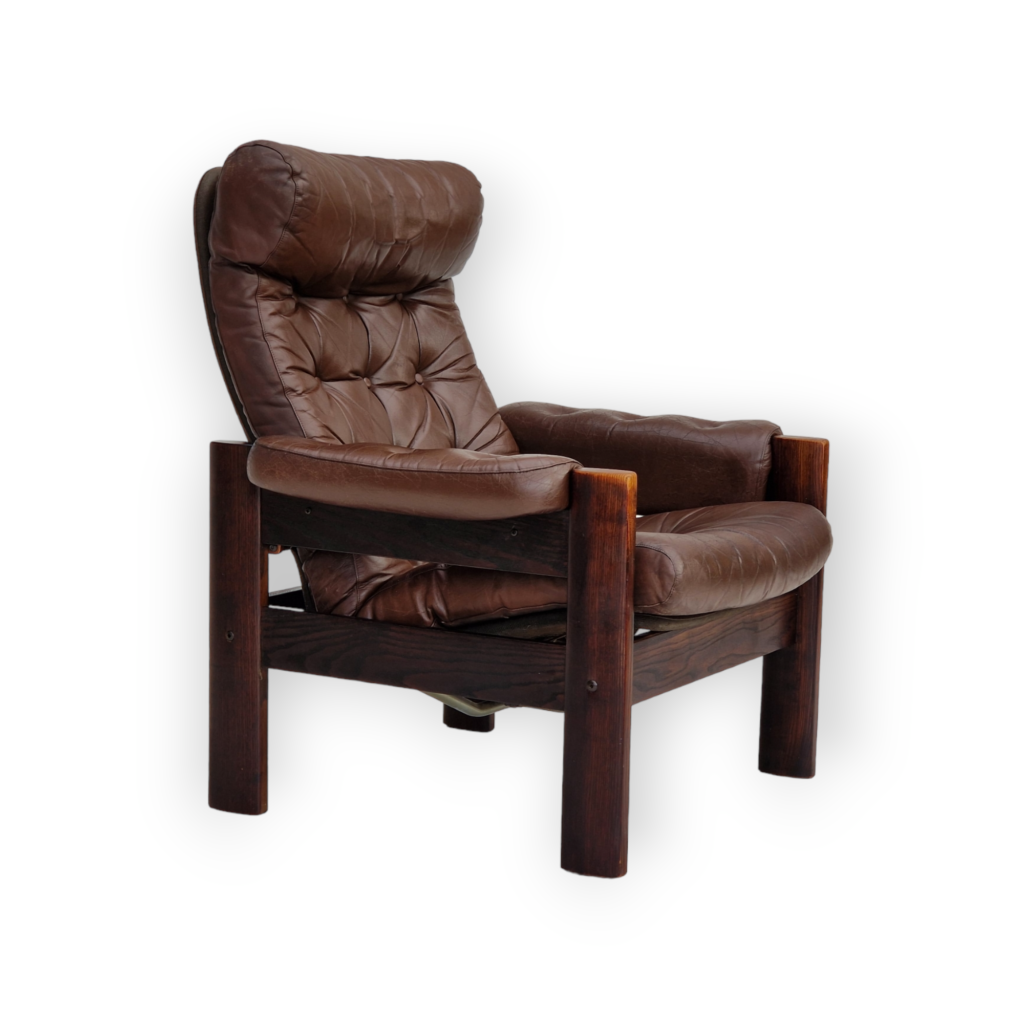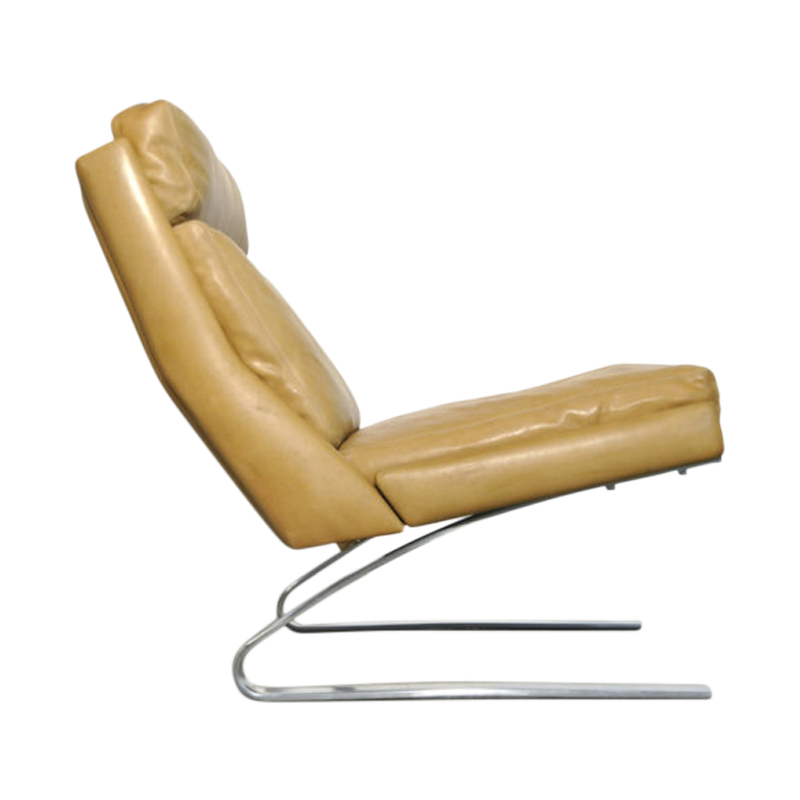I am making these Wegnery/Mogensony oak tables
and matching stools, a wood work forum I've
put them on gives me conflicting advice about
the joinery, hoping SDR will have an idea.
I usually work with upholstery and plywood
but this more conventional work is coming
along very nicely. Wood the exposed end
grain be a turn off for the design addict?
Where where do I get lye flakes for a soaped finish?
Instead of a mortise and tenon (which I can
cut but am *cough cough* lazy) I've done a
half lap the full width of the wood, a
routed out slot runs lengthways on the
inside to form a lip, the top slots in
and should be prevented from cupping by
the slot, a knock down fitting with
brass pins connects the stretchers.
Is the half lap acceptable? It seems quite
strong, I like the exposed end grain
but I've never seen any Danish pieces
done like this.
Looks
Hi there
I think the issue you have is not so much looking like the old masters pieces so I would not worry about that.
The asthetics of having the end grain showing in the table top is what may be an issue for some but others will like it.
other than those modest issues I think you have done a decent job.
Simon
Hi Simon, I'm not sure I unde...
Hi Simon, I'm not sure I understand what you mean. I just mentioned Wegner and Mogensen to give an idea of the influence, I'm not trying to hoodwink anyone 🙂
What does worry me is the half lap vs mortise and tenon, I have seen some half laps cup and seperate over time, its usually on cheaper furniture.
Thanks though, have you ever used a soap finish? I'm having much trouble finding a recipe or instructions. This timber has a tendency to yellow with most finishes that I want to avoid.
ps. sorry I misread your first sentences, never mind.
soap finish
I lived in Denmark for a year and wanted to replicate the soap finish when I got home. My understanding from what Danish friends told me was that the lye brings the yellow pigment in the wood to the surface and the soap (often mixed with white pigment) fills the grain of the wood and keeps dirt from working its way in.
Anyway, I tried lye crystals in water and it did indeed turn the wood very yellow, but I wasn't sure what to do next. Sand the yellow off?
I looked all over the internet for stateside sources for the commercial lye and soap finishing products but couldn't find a thing. Finally I had my husband get some on a business trip to Denmark (Tripp Trapp brand, I think).
Pretty much the same thing happened---wood turned really yellow and the pigmented soap did nothing to mask it. Somehow that yellow has got to go away first.
Our Danish friends said that good ol' Ivory soap flakes dissolved in water will work for the soap part. I think the pigment is just titanium white, which you can buy in paint stores.
I was experimenting with pine, by the way, which I believe has a lot more yellow pigment in it than the woods you're using.
.
I want to keep it pale, any info I find gives a different idea of the process, I thought it was just pure soap flakes made into a sludge,coated on and left overnight and then rubbed off.
I think I'll buy some cheap plain pure soap and grate it up and just test it out on scrap.
Or I will be a pest and email PP Mobler!
pigmented soap
You may not need the lye at all if you're working with oak or ash. Pine yellows way more than oak, I think.
I don't think soap alone will keep the wood pale, though. I would add the titanium white pigment.
You could also do a pickling stain but that's more permanent. The nice thing about soap is that it does a great job of keeping dirt out of the wood fibers. You do have to redo it fairly often, though. Pine floors with a soap finish should be washed weekly to stay looking good. (But they never have to be sanded if you soap them regularly and often. There are floors in Denmark that are hundreds of years old and never sanded that still look good.)
just bought pure soap flakes...
Thanks Builder, just bought pure soap flakes and got a book, 'Tage Frid teaches woodworking', a Danish guy who ran the design dept at a North American college, its all very exciting, don't know why I was allways a bit anxious about joinery, once the jigs are made up and the tools set right its not a big stress at all.
Might try dyeing some halyard for a chair with some local vegetation too.
I like
what I see. I'm mystified by the recessed top (?) and the mention of brass KD fittings. Is the half-lap joint demountable ?
If not, a well-glued large lap joint like that is an ideal leg-to-apron table joint, I think.
I don't have any problem looking at that end grain. And the work looks very nice -- a handsome design.
Tage Frid taught in Rochester at the School for American Craftsmen (?) and then (when I was there) at RISD in Providence, for many years. He has a number of books, published by Taunton Press (who publish "Fine Woodworking").
Tage said "vood moofs." He taught us a simple linseed oil/shellac finish. He taught me to sharpen a cabinet scraper -- though I was in my forties before I needed one. He was a delight, with an apparent eye for the young ladies, and even if he made fun of the gayest of my classmates, I liked and respected him. Wish he could see me now. . .
.
Hi SDR , thanks for the lovely anecdote and the re-assurance that half laps are ok, in the book Tage seems to imply they are strong enough too. The recessed top is just a whim, I can make em flush it just means a thicker top and a rebate on both sides of the boards.
I've decided I'm happy with the half lap if the strechers are permananatly fixed. If I go with knockdown I'll use a mortise and tenon. When I pull it apart as it is now there is a little twisting in the join that I'm not so happy with. The kd fitting is for the stretchers not the half lap.
Anyway I've just made a nice little mortising jig which works well and a sliding jig for cutting the tenons, it takes about 8 seconds to cut them!
ps thought you might be inter...
ps thought you might be intersted to know how I did the internal radius (sorry getting technical SDR will understand) and took off 6mm from the original glue up all the way around without using a template. I got a 1/2" flush trim bit, took the bearing off and screwed in a small brass bush, laid the lot flat on the bench and ran around with a small router, so I had a 3mm rebate on the whole thing, I took the bush off, put the bearing back on and took the rest off with the flush trim bit, changed over to a round-over and radiused all the edges, It took about 10 minutes.
No doubt this is the way its normally done but it was fun working it out for myself.
.
How would you have put in a radius in the corners? Seriously would be grateful for a tip if theres a better way. I could have cut a radius in the leg before glue up but that would have left a very sharp delicate little area of end grain? Sorry this is probably difficult to imagine without seeing it.
Like in this Wanscher chair, do you think the pieces were individualy shaped with their radii and then all put back together? I think the sides would have been glued up in a tapered "H" and then template routed and the arm done last? No?
Rhubarbs
Hi Heath
The above might seem a strange connection to your table but there is a point.
Oxalic acid is derived from Rhubarb and this is what we use to make oak pale.
The acid has the effect of instantly bleaching the wood and remaining in the timber.
I use it often to bleach marks out of teak and especially oak.
you need to create a saturated solution by mixing the crystals carfully into warm water until the water no longer absorbs the crystals. Let it brew for a few days and then start using it.
The vital thing to be careful of is that you can not let it dry on. if the acid dries on the wood, it crystalises and will always keep crystalising even after cleaning it off.
The trick is to soak the timber before you start using it( when you can.
On made up furniture simply to allow the acid to do its work and then wipe it away with a damp cloth and sand down the raised grain when it has dried.
You can repeat the process many times and I have found that the best way to get the acid to work is to warm it.
DO NOT MAKE IT BOIL AS YOU WILL GET ACID STEAM!!
just a minute or 2 in the microwave.
You can also use wood floor soap as this is high in coconut oil and does not have sulphur mix in. The treatment is much more lengthy but will work wonders on floors.
My flat in denmark got that treatment to superb effect.
Good luck
If you need any help, please contact us at – info@designaddict.com



